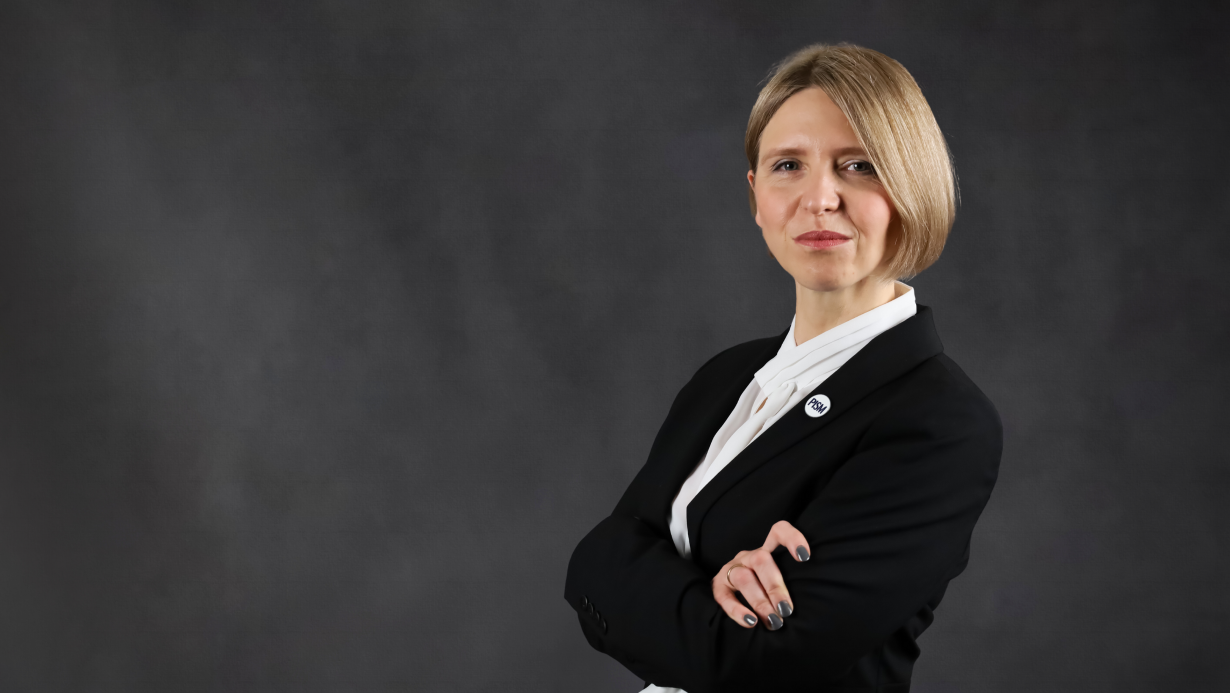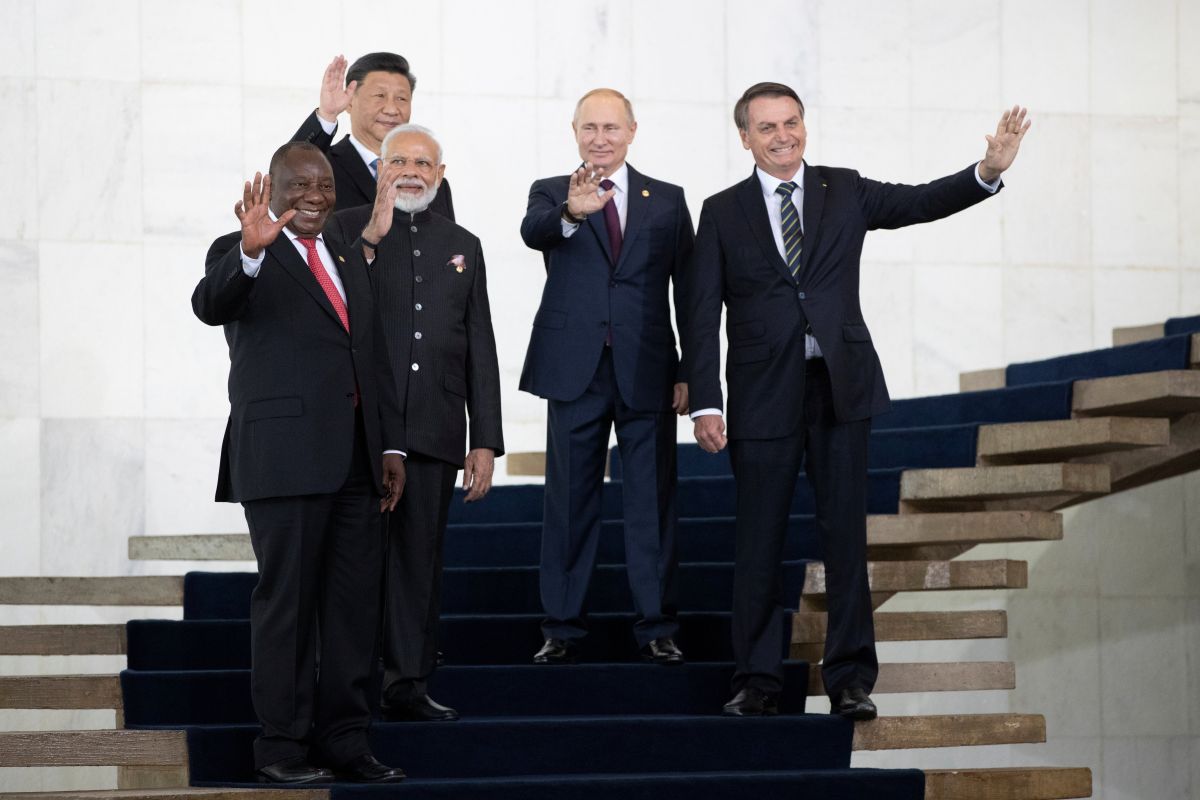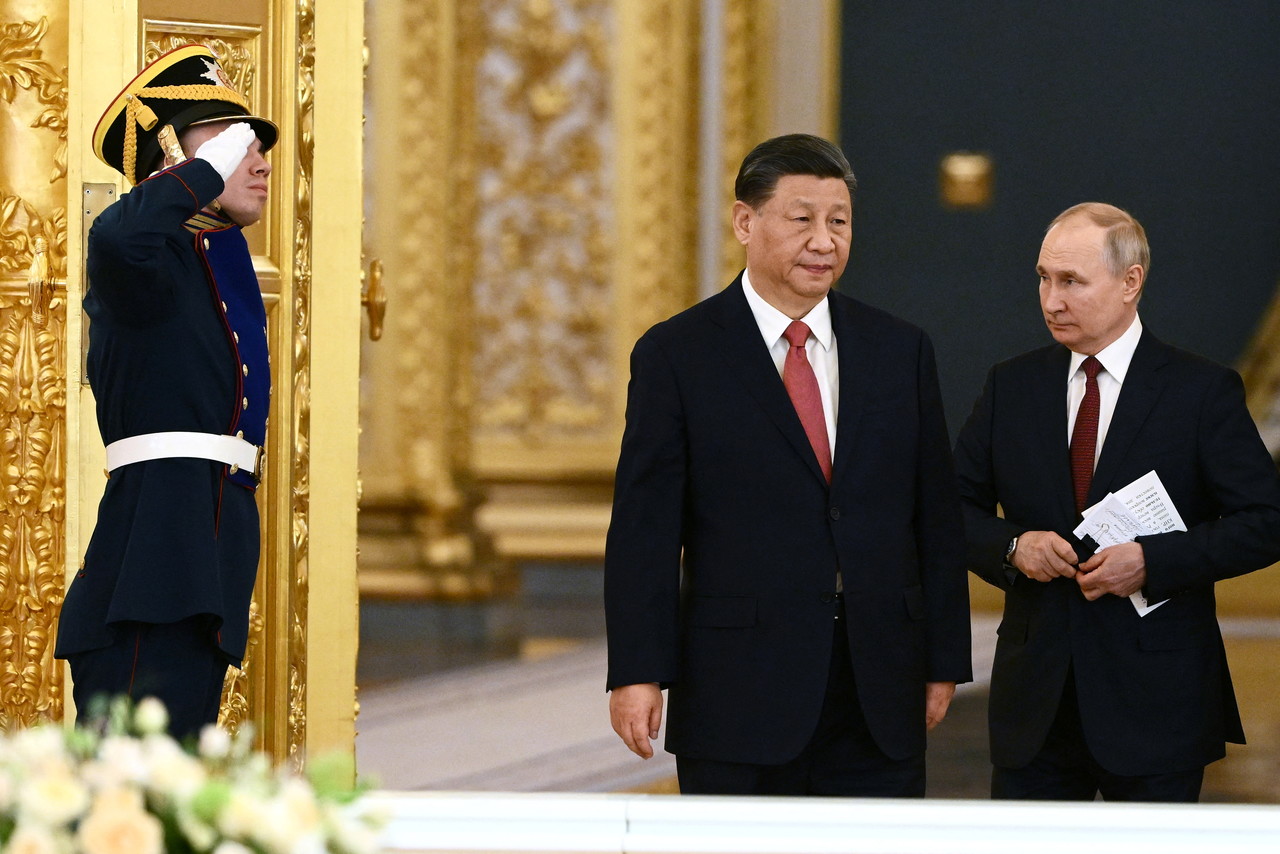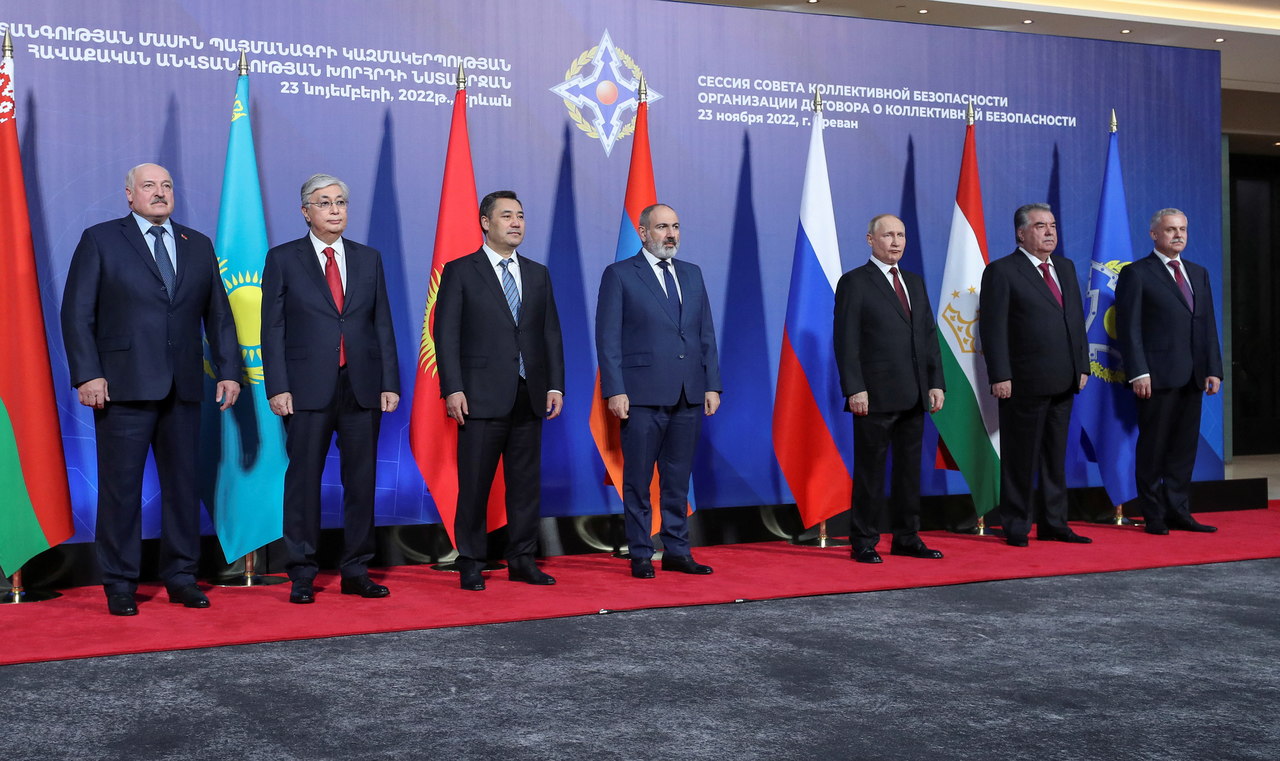Russia Turns Towards Eurasia in New Foreign Policy Concept
Vladimir Putin approved a new Foreign Policy Concept of the Russian Federation at the end of March this year. Like in the previous version of the document from 2016, Russia takes a negative view of Western policy and emphasises the rise of use of force in international relations. Russia accuses the West of hegemony and declares a permanent turn towards Eurasia. New in the document is the possibility for Russia to use its military to defend its citizens outside its borders.
.jpg) SPUTNIK / Reuters / Forum
SPUTNIK / Reuters / Forum
On 31 March, Putin announced an updated Russian foreign policy concept (the previous document had been in force since 30 November 2016). The Russian authorities have adapted the assumptions of their foreign policy to the changed situation in relation to the ongoing war in Ukraine and confrontation with the West. The concept confirms Russia’s global aspirations, which it states will be realised through ideological and military instruments.
Russia’s Vision of the International Order
In the document, Russia emphasises its previous position that it seeks a multipolar international order. It believes that the non-Western world has a chance to prevail against American “domination”. At the same time, it sees a special mission for itself as a “civilisation-state”, the promoter of a culturally attractive country, able to spread the ideology of the Russian World (Russkiy Mir). Unlike the 2016 document, and contrary to the previous diagnosis of a weakening West, Russia now sees it as a threat and a force to be opposed. Previously, Russia made offers of cooperation to Europe and the U.S., for example, in the fight against terrorism, while warning that rejection would raise the prospect of a Russian turn towards Asia. Russia now describes itself as a “Eurasian and Euro-Pacific” power.
Among its strengths, it counts its membership of the UN, where it has veto power, its status as a nuclear power, and the legacy of the USSR. These strengths, according to the Russian government, allow it to capitalise on its image as a victorious World War II state, able to promote a fight against “Nazism” and anti-colonialism, which distinguishes it from European states. At the same time, Russia views itself as one of the centres of international balance, like in the Soviet era.
The document points to revolutionary changes in the international environment. It mentions the crisis of globalisation, as well as the rise of use of power in international relations, including increases in armed conflict. Russia devotes a lot of attention to the importance of nuclear armament and laments the disintegration of the arms control system, accusing Western states of dismantling it. In addition, it introduces into the concept of foreign policy the possibility of defending its citizens outside its borders (a principle it borrows from the 2010 War Doctrine).
Russia’s Foreign Policy Goals
The most important objectives for Russia remain its security, sovereignty in all aspects, and territorial integrity. Below them is the creation of favourable external conditions for strengthening Russia’s position as an influential and independent centre of the modern world. Russia also aims to counter Russophobia and defending “historical truth” about itself, as well protecting Russian-speaking or Russian-identifying people in the world. According to Russia, the ideological factor plays an important role in the clash of civilisations. It wants to promote conservative values, thus also in opposing the “domination” of the U.S. and its allies. In terms of building economic sovereignty, Russia wants to become independent from the “unfriendly” actions of Western countries in the world economy (i.e., sanctions) and proposes what it sees as a more fair decision-making process within the UN. Russia also reiterates that it would like to become independent from revenues from the sale of energy resources as the basis of the federal budget and in the document quotes general slogans on climate and environmental protection.
Russia’s Partners and Rivals
Russia is focusing its attention on Eurasia, singling out two states—China and India—which it calls “friendly sovereign global power centres”. China is prioritised by the Russian side, especially in terms of mutual assistance and coordination in the international arena. Russia declares that it will seek to further strengthen the “comprehensive partnership” with China. In the case of India, Russia wants to continue building a privileged strategic partnership to counter “unfriendly alliances”. The organisations within which Russia seeks to engage with other states include the Shanghai Cooperation Organisation, the Eurasian Economic Union, BRICS (Brazil, Russia, India, China, South Africa), the Commonwealth of Independent States (CIS), and the Collective Security Treaty Organisation, in other words, countries in which it already plays an important role. Russia foresees coalitions of partners being built in Asia, Africa, and Latin America.
In concept, the notion of the “near abroad” returns for the first time since the 1990s. Within its framework, Russia mentions the CIS states and other countries “linked to Russia” by culture and centuries of tradition. This broadens the previous understanding of this group (until now, it referred to the former USSR states). Although Russia sees its “near abroad” as important for its security, stability, and socio-economic development, it does not treat these countries as partners, but rather as a zone of Russian influence, arguing that they are important to strengthening Russia’s position as one of the centres of the modern world. Among these countries, it singles out only Belarus, with which it wants to continue to “strategically interact”.
Although Russia claims that it does not regard the West as an enemy, it accuses Western states of interfering in the internal affairs of other states and unleashing a “hybrid war of a new type”, referring to the ongoing war in the “Ukrainian direction”. Russia again makes it clear that it blames the United States and European countries for the outbreak of the war in Ukraine. Russia also lambasts Western states for applying sanctions against it, but repeats the claim that they will not be effective. It believes that European states “will understand that isolating the Russian Federation does not work” and will return to dialogue with Russia.
Conclusions
Russia’s new policy concept is a manifestation of the frustrations resulting from the ineffectiveness of Russian diplomacy towards the West. To its internal audience, the Russian authorities have declared, for the first time since the collapse of the USSR, a turn towards Eurasia. Russia is setting itself up for a sustained, systemic confrontation with European countries and the “hegemonic” United States. What emerges from the concept is a picture of a world hostile to Russia, in which Russia has to defend its interests in a decisive way and by more assertive means than it has so far. This includes European countries, which, in view of the deepening strategic partnership between Russia and China, as well as India, will, according to Russia, be forced to lift the sanctions imposed on the country. However, Russian ambitions to play a global role seem more unlikely now in the context of the ongoing war with Ukraine, as Russia's military, economic, and social potential has been weakened. Russia is also unlikely to succeed in building a Russia-China-India strategic triangle due to existing Sino-Indian disputes.
To a lesser extent than in earlier documents, Russia is focusing on the former USSR states, , which it sees as an area of rivalry with the West. Russia broadens the scope of its “near abroad” and links it to an identity category. The lack of a clear geographical definition of this group will cause disputes with other states, for example, in the Balkans. Russia will continue to use the pretext of protecting “Russian-speaking” peoples to interfere in the internal affairs of other states.
In the conceptual sphere, militarisation of Russian foreign policy is taking place. Russia pays a lot of attention to the use of force in international relations (conventional and nuclear). Despite many statements of peaceful intentions, Russia will continue to be a threat and a destabilising factor for its neighbours as well as the international order.
The updated concept is a signal to the countries of the Global South, where Russia seeks partners against former European colonisers and the U.S. Russia has opportunities to gain from such an anti-Western narrative and in building coalitions of these states at the UN, for example; however, it still lacks the potential to become the leader of the Global South.
Although Poland is not mentioned in the document, given previous practice it will be treated as by Russia as an unfriendly state. Both disinformation and hybrid actions targeting the stability of the Polish state and undermining social resilience in the face of Russian-induced crises (e.g., at Poland’s borders) can be expected.





